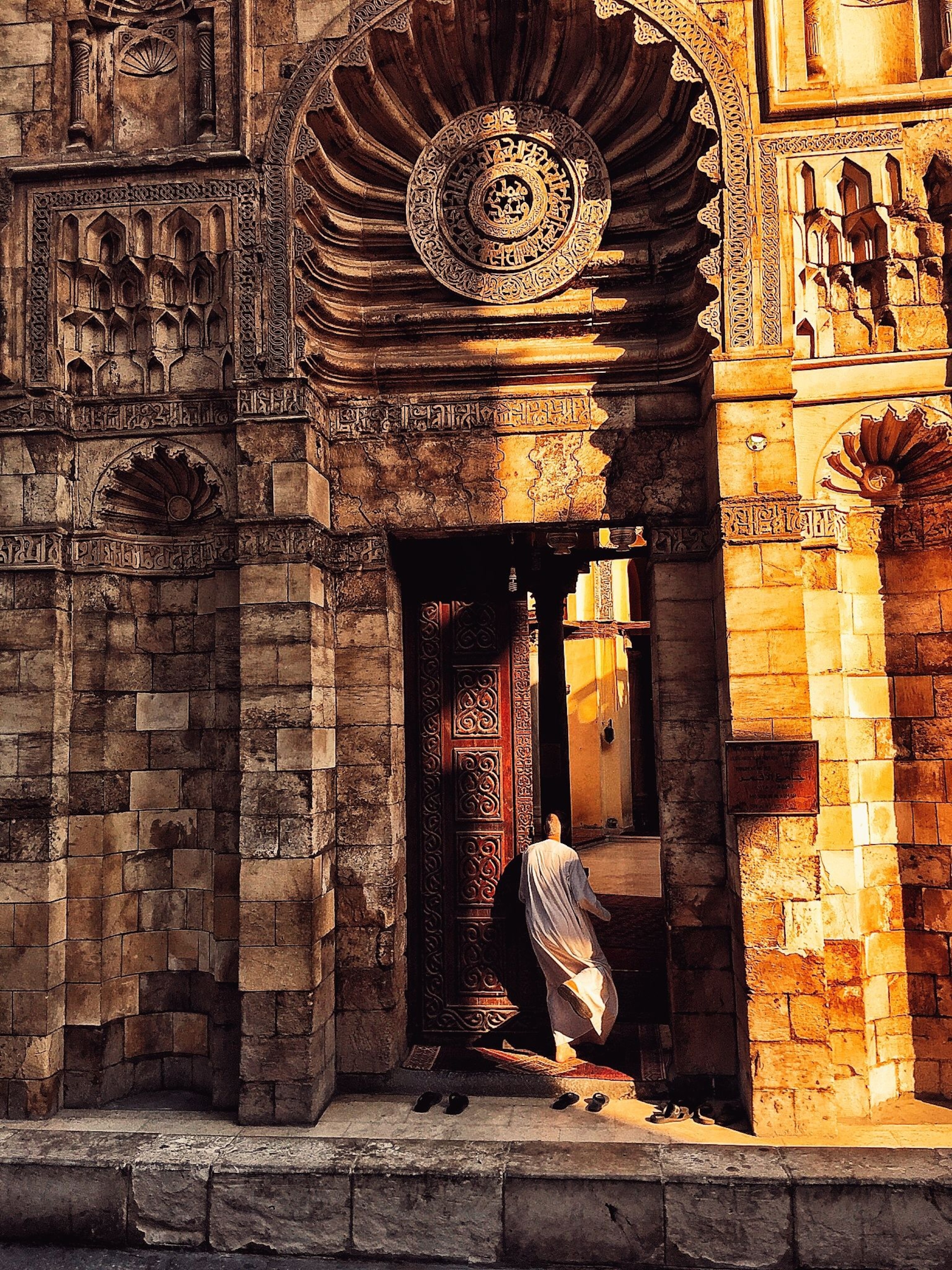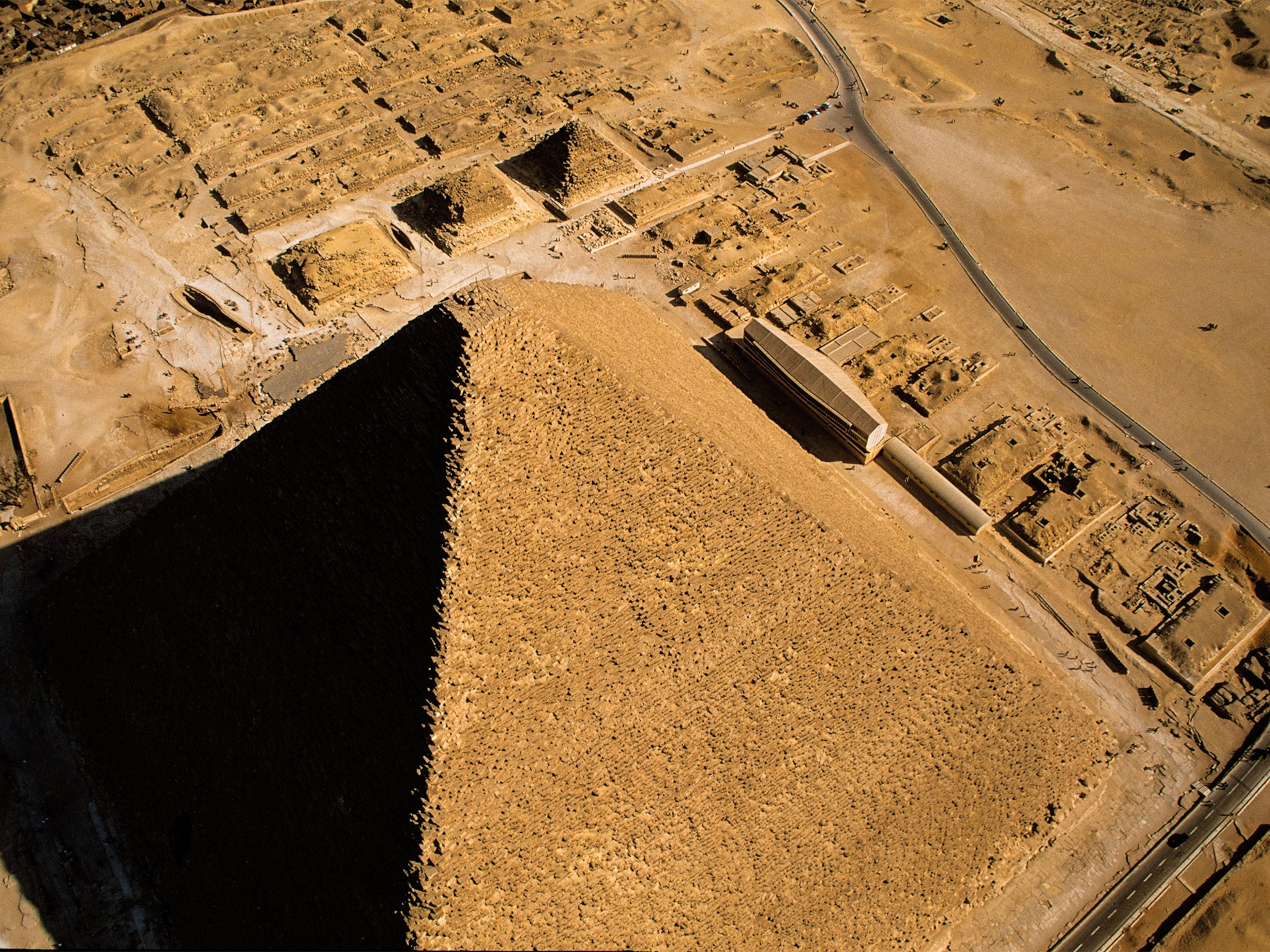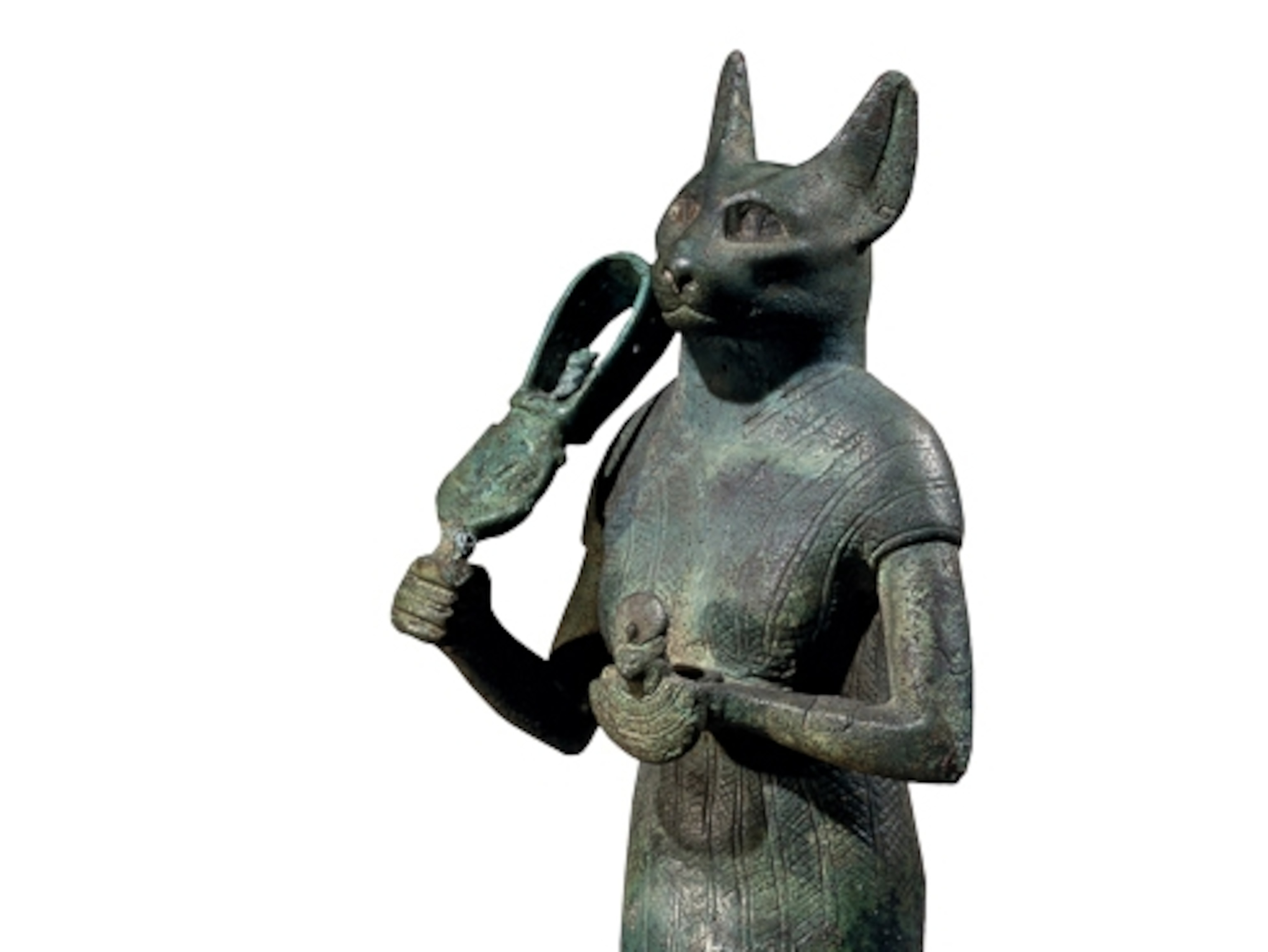For thousands of years, a necropolis has been lurking under the desert near the village of Lisht in Egypt, just south of Al Ayyat. Located at the edge of the Sahara, the ancient cemetery is no secret; today, a pair of pyramids rises above the landscape in the north and south of the burial grounds.
But many of the site's ancient tombs have long been concealed under feet of sand—until now.
In just a single field season, a joint expedition between the University of Alabama-Birmingham and the Egyptian Ministry of Antiquities mapped out a whopping 802 tombs at Lisht. These newly described tombs date back roughly 4,000 years and were previously unknown to Egyptologists, according to an announcement from Khaled El-Enany, Minister of Antiquities, and Mostafa Waziry, Secretary General of the Supreme Council of Antiquities.
“What we have at the site is one of the largest corpuses of Middle Kingdom tombs in the entire country of Egypt,” says archaeologist Sarah Parcak, a National Geographic Explorer and professor at the University of Alabama at Birmingham who co-led the expedition with Adel Okasha, Director of the Pyramids Region.
While the tombs were largely looted before the expedition started work, they still offer many insights into the lives of the people who once bustled in the ancient city nearby, believed to have been the Middle Kingdom capital of Itj-Tawy.
Middle Kingdom Riches
Spanning from roughly 2030 to 1650 B.C., the Middle Kingdom is a period marked by flourishing art and culture. “You see this blossoming during the Middle Kingdom,” Parcak says.
Much of what we know so far about Lisht during this period comes from extensive excavations conducted since the early 1900s by researchers with the Metropolitan Museum of Art. Per museum policy, Met curator Adela Oppenheim declined to comment directly about the new research. But she notes that artifacts from this period seem to reflect a greater awareness of the human condition, which is part of what makes the Middle Kingdom so fascinating.




Met teams have primarily focused their efforts on documenting and mapping the two pyramids—built for the kings Amenemhat I and Senusret I—as well as the surrounding royal tombs. But there's still much more to learn from the rest of the site's resting places.
“From this area, there really aren't very many tombs that are known, except for the royal tombs there,” says Kathryn Bard, an archaeologist at Boston University who was not involved in the work. “That's why this cemetery is important.”
Underground Network
The latest work began in 2014 when Parcak and her colleagues noticed evidence of looting pits in high-resolution satellite images. From 2009 to 2013, the dark pockmarks multiplied in the images. But from the sky, Parcak notes, the team couldn't be sure where the holes led.
Since then, work on the ground that was partially funded by National Geographic revealed that most of these pits led to tombs. At each site, the team carefully documented features of the tombs, collecting images and GPS coordinates to assemble a database for the region.
Many shaft tombs had places for up to eight burials, which means the interlocking mortuary system likely housed at least 4,000 individuals in the afterlife.
“They used all the space they could get their hands on,” says Parcak, who compares the dense system of graves to the winding tunnels of a rabbit warren. “Many would have been reused by families or grandchildren, or great-grand children, or third cousins three times removed.”
Fragments of Information
By the time the researchers arrived on the scene, looters had emptied most of the tombs. Parcak's work previously suggested that looting intensified in Egypt during the economic instability that followed the 2009 recession and the 2011 revolution. Lisht seemed to be no exception.
But Bard and other Egyptologists believe that there's still information to glean.
“I think it was a good first step,” Mark Lehner, director of Ancient Egypt Research Associates, says of the mapping and documentation efforts. Pottery shards, fragments of wall murals, human remains, and even the tomb structures themselves can help researchers learn more about the health, economic status, and mortuary practices of the people who once lived in the capital.
“This is really, to me, where the value is of this work,” says Parcak. She adds that these latest finds are limited to the southern part of the site, and the team hopes to continue work in the northern regions next season.
“Like all these other sites in Egypt,” she says, “there’s a lot left to map and discover.”
Related: 25 Captivating Photos of Egypt

























Related Topics
You May Also Like
Go Further
Animals
- Octopuses have a lot of secrets. Can you guess 8 of them?
- Animals
- Feature
Octopuses have a lot of secrets. Can you guess 8 of them? - This biologist and her rescue dog help protect bears in the AndesThis biologist and her rescue dog help protect bears in the Andes
- An octopus invited this writer into her tank—and her secret worldAn octopus invited this writer into her tank—and her secret world
- Peace-loving bonobos are more aggressive than we thoughtPeace-loving bonobos are more aggressive than we thought
Environment
- Listen to 30 years of climate change transformed into haunting musicListen to 30 years of climate change transformed into haunting music
- This ancient society tried to stop El Niño—with child sacrificeThis ancient society tried to stop El Niño—with child sacrifice
- U.S. plans to clean its drinking water. What does that mean?U.S. plans to clean its drinking water. What does that mean?
- Food systems: supporting the triangle of food security, Video Story
- Paid Content
Food systems: supporting the triangle of food security - Will we ever solve the mystery of the Mima mounds?Will we ever solve the mystery of the Mima mounds?
History & Culture
- Strange clues in a Maya temple reveal a fiery political dramaStrange clues in a Maya temple reveal a fiery political drama
- How technology is revealing secrets in these ancient scrollsHow technology is revealing secrets in these ancient scrolls
- Pilgrimages aren’t just spiritual anymore. They’re a workout.Pilgrimages aren’t just spiritual anymore. They’re a workout.
- This ancient society tried to stop El Niño—with child sacrificeThis ancient society tried to stop El Niño—with child sacrifice
- This ancient cure was just revived in a lab. Does it work?This ancient cure was just revived in a lab. Does it work?
Science
- The unexpected health benefits of Ozempic and MounjaroThe unexpected health benefits of Ozempic and Mounjaro
- Do you have an inner monologue? Here’s what it reveals about you.Do you have an inner monologue? Here’s what it reveals about you.
- Jupiter’s volcanic moon Io has been erupting for billions of yearsJupiter’s volcanic moon Io has been erupting for billions of years
- This 80-foot-long sea monster was the killer whale of its timeThis 80-foot-long sea monster was the killer whale of its time
Travel
- How nanobreweries are shaking up Portland's beer sceneHow nanobreweries are shaking up Portland's beer scene
- How to plan an epic summer trip to a national parkHow to plan an epic summer trip to a national park
- This town is the Alps' first European Capital of CultureThis town is the Alps' first European Capital of Culture
- This royal city lies in the shadow of Kuala LumpurThis royal city lies in the shadow of Kuala Lumpur





